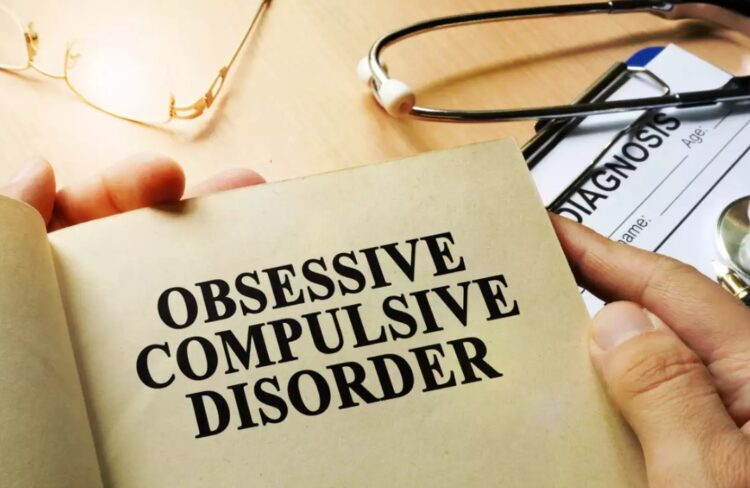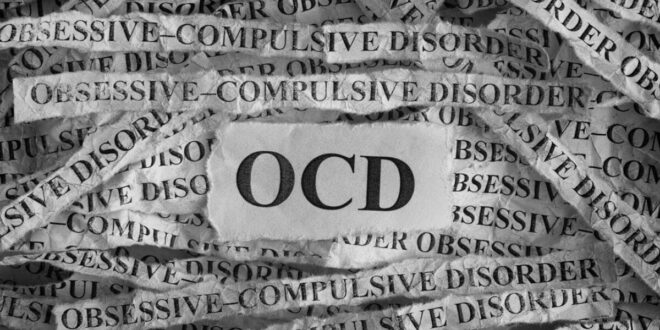Obsessive-Compulsive Disorder is an anxiety disorder. People with OCD have thoughts, or “obsessions,” that they feel the need to check or repeat. In turn, they feel the need to perform certain behaviors to reduce the anxiety brought on by the obsession.
Although OCD is a common disorder, a few adults don’t realize it or keep it a secret. It’s a shocking challenge because OCD can lead to difficulty completing activities in day-to-day life. You might even feel shame or guilt for your obsessions.
To learn more about the OCD cycle, read on.
The OCD Cycle
The OCD cycle can vary from person to person but generally follows a similar pattern. It is a self-perpetuating mechanism that keeps individuals trapped in a never-ending loop of anxiety and compulsion. Let’s break down the different stages of the cycle:
Obsessions

Obsessions act as a catalyst in the OCD cycle. They are unwanted thoughts that invade the mind, triggering emotional distress. The nature of these thoughts is often irrational and disturbing.
For instance, a person with OCD may have recurring thoughts about being contaminated with germs. Or fear that they might harm someone unknowingly. These thoughts are not fleeting. They persist and can take over all other mental activities, causing significant disruption.
The person may try to suppress or ignore these thoughts, but this often leads to increased anxiety. This is because the content of the obsessions is usually in stark contrast with the individual’s beliefs and values, causing discomfort and fear.
Individuals cannot simply ‘switch off’ these obsessions. Despite recognizing their irrationality, they’re unable to control them. This lack of control over one’s own thoughts fuels anxiety, pushing the individual further into the OCD cycle.
In essence, obsessions are more than just persistent thoughts. They’re intrusive, distressing, and hard to control, forming a crucial component of the OCD cycle.
Anxiety
Anxiety is a key player in the OCD cycle. It emerges in response to distressing obsessions. The individual may feel a sense of dread, fear, or discomfort, creating a state of inner turmoil.
In the context of OCD, anxiety often feels much more than just being ‘nervy’ or ‘stressed’. It’s an overwhelming wave of unease that engulfs the individual. It’s a fear that seems real and imminent, even if there’s no apparent threat.
The severity of this anxiety can vary from person to person. Some might experience a mild discomfort that nags at the back of their mind. Others may feel a crushing fear that makes it difficult to focus on anything else.
Regardless of the intensity, this anxiety is what drives the individual towards performing compulsions in an attempt to find some relief. In short, anxiety in OCD is an emotional response to obsessions, fueling the urge to engage in compulsive behaviors.
Compulsions

Compulsions in OCD are a response to anxiety, a desperate attempt to regain control and seek relief. They can take on many forms, visible and invisible.
Every individual with OCD has a unique set of compulsions. One person might feel compelled to arrange objects in a specific order. Others might need to repeatedly verify if the stove is turned off. These actions may seem irrational, but for the person with OCD, they serve a purpose. They provide a temporary escape from the anxiety caused by obsessive thoughts.
Consequently, the person with OCD might spend hours performing these compulsions, disrupting their daily life. The compulsions, rather than providing a solution, end up reinforcing the OCD cycle, making it harder to break.
Understanding compulsions is central to understanding Obsessive-compulsive Disorder (OCD). They’re not just ‘quirks’ or ‘habits’. These are actions driven by intense anxiety, forming a crucial part of the vicious OCD cycle.
Temporary Relief
The brief respite following compulsions is referred to as “temporary relief.” This is a period of tranquility, a pause in the storm of anxiety. It’s when an individual’s anxiety is reduced momentarily, providing a perceived sense of control over their unsettling thoughts.
During this stage, the person may feel a sense of accomplishment, believing they’ve successfully averted a feared event or situation. However, this sense of peace is deceiving. It’s not a genuine resolution but rather a pause in the OCD cycle.
The relief does not last, and the obsessions soon return. This is the deceptive nature of OCD – it provides short breaks, just enough to reinforce the cycle, but never a true escape. So, although it may seem that the compulsions are helping, they’re actually perpetuating the vicious OCD cycle. Understanding this is crucial in tackling OCD.
Breaking the Cycle

Breaking the OCD cycle can be challenging, but it is possible with proper treatment. The first step is recognizing that you have OCD and understanding your triggers, thoughts, and behaviors.
Cognitive Behavioral Therapy (CBT) is one of the most effective treatments for OCD. This involves identifying and changing negative thought patterns and gradually facing fears through exposure and response prevention (ERP) therapy.
Medication, such as selective serotonin reuptake inhibitors (SSRIs), can also be used in conjunction with therapy to help manage symptoms. Discounted medication may be available to assist in managing the symptoms of OCD. Various pharmacies and healthcare programs offer discounts, making the treatment more affordable and accessible.
It’s important to remember that breaking the cycle takes time, patience, and support. Recovery from OCD is possible, and with the right tools and resources, individuals can learn to manage their symptoms and live a fulfilling life. So, always remember that there is hope and help available for those struggling with OCD.
Beyond the Surface ─ Understanding the Deeper Roots of the OCD Cycle
The vicious cycle of OCD can be a debilitating experience for those who suffer from it, but it’s essential to remember that effective treatment and support are available. Understanding the triggers and patterns of OCD is a crucial step toward managing this condition. With the right treatment and a supportive network, individuals with OCD can lead fulfilling lives free from the grips of this relentless cycle.
Let’s work towards breaking the vicious OCD cycle together! Stay strong and never give up. Your mental health matters.
For more information and advice on health and wellness, check out the rest of our blog.
 Hi Boox Popular Magazine 2024
Hi Boox Popular Magazine 2024



